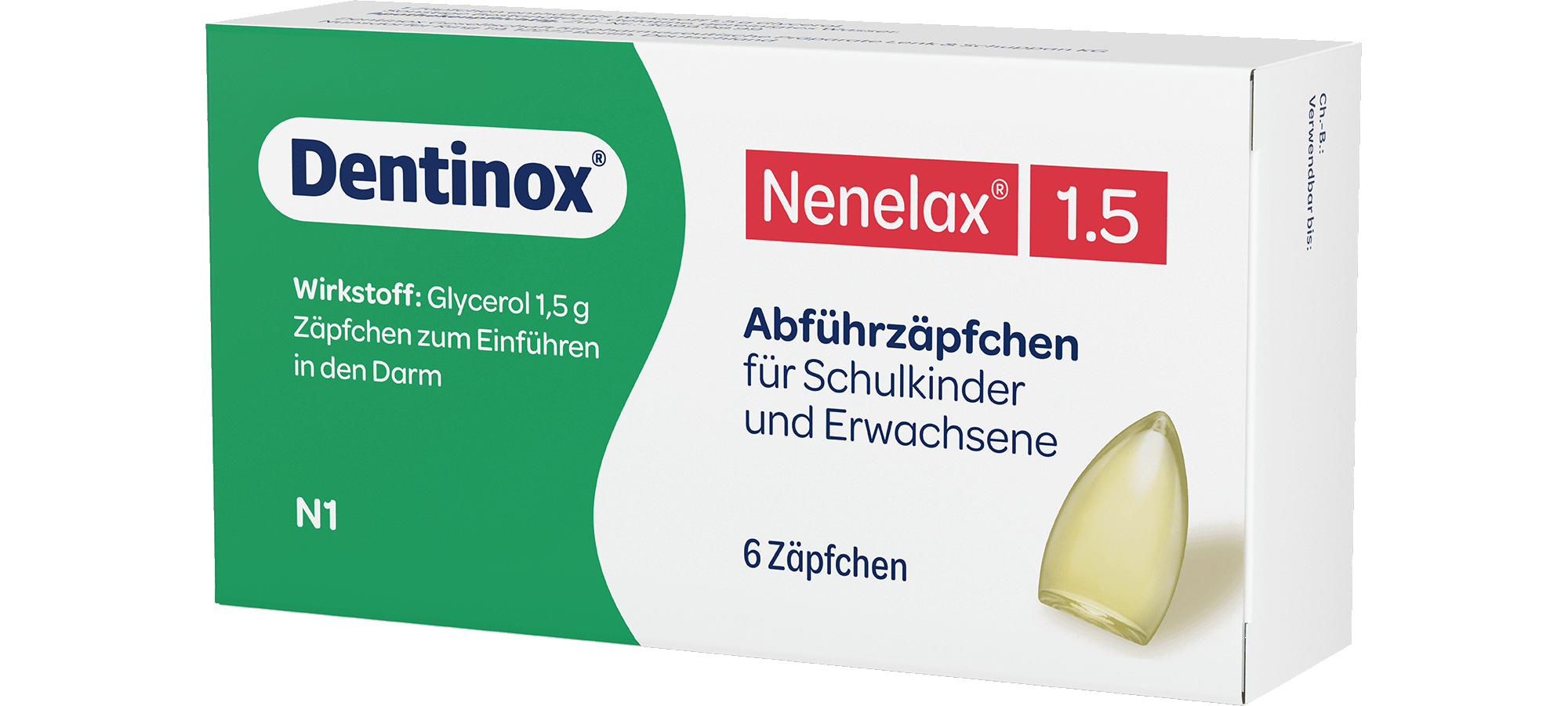Hours of crying and excessive screaming – colic in babies is a phenomenon that causes sleepless nights and exhausting days for many new parents. Colic is widespread and affects many newborn babies in the first few months of life. But what's behind it all and how can you help your little darling through this challenging time for both of you? With this guide article, we would like to support you, explain the causes of colic and give you tips on how you can actively help your baby, e.g. with our tummy ointment and a relaxing tummy massage.
What is colic in babies?
Colic (also known as three-month colic) refers to a phase in which healthy babies cry for a long period of time for no recognisable reason and are difficult to soothe. Doctors also speak of a regulatory disorder when a baby cries for more than three hours on at least three days a week for more than three weeks.* Colic typically starts in the first few weeks of life and peaks when your baby is 6 weeks old. Fortunately, they often end when the 3rd-4th Month of life is reached.
3-month colic is neither dangerous nor harmful for your baby. It is assumed that a mixture of physical developments and adaptations to the environment are responsible for this. For parents and children, this time is very challenging and distressing, as the persistent crying can lead to stress and great worry.
How can I tell if my baby is suffering from 3-month colic?
Every baby cries. It is their form of communication to express needs such as hunger, tiredness, affection or pain. This is completely normal and no cause for concern. But if your baby's intense crying becomes a constant state, it can become a burden. But how much crying is "normal" and when is a crying baby suffering from colic?
We have summarised a few symptoms for you:
- The crying fits occur from about the 2nd Week of life.
- The crying often starts suddenly, usually in the afternoon and becomes more and more intense in the evening/night for no recognisable reason.
- Your baby is difficult to soothe.
- You observe clenched fists, tightened legs and a red face.
- Your baby has a hard, bloated tummy because a lot of air gets into the tummy from all the crying.
However, colic can also resemble other symptoms, so it is important to differentiate carefully and ask your midwife or paediatrician for advice.
3. What helps against colic – can I take action myself?
Colic can be a real stress test for parents. It is therefore important to look after your baby's well-being as well as your own. So take regular breaks to help recharge your batteries. Don't be too hard on yourself and don't be afraid to ask family and friends for help. Sharing experiences with other sufferers can also provide relief.
You can help your little one through this stressful time with the following strategies:
- Reassurance: It is an important element in dealing with a crying baby. You can calm it down by gently rocking it in a cradle or in your arms as well as lots of physical contact.
- Optimum sleeping conditions: Create a quiet, pleasant and darkened sleeping area for your little one to avoid sensory overload.
- White Noise: Many babies react positively to a steady background noise, such as that of a hairdryer, washing machine or heartbeat.
- Abdominal massage: A tummy massage, e.g. with Dentinox tummy ointment, is also a wonderful way to relieve cramps and soothe your baby.
Bonus tip: Baby massage for happy digestion
Abdominal massage is a massage technique recommended by midwives and paediatricians that is only possible to do for babies from the 5th Week after birth.
Preparation:
- Give yourself and your baby enough time during the entire abdominal massage to really enjoy it.
- Create a calm and relaxed atmosphere before starting the massage.
- The room temperature should be such that your child is not cold even when their upper body is exposed.
- Dim the lights and avoid disturbing background noise.
Massage:
Start massaging your baby's tummy about 30 minutes after the last meal.
- Warm a 2-3 cm long strand of Dentinox tummy ointment in your hands and rub it gently onto the baby's tummy.
- Massage the abdomen in small, circular movements in a clockwise direction. Carry out about 10-15 such "circles". After a short break, you can repeat the whole thing.
- You can also gently massage the area around the navel with your finger or the ball of your hand.
- To stimulate digestion, press the bent legs lightly against the tummy after the massage.











